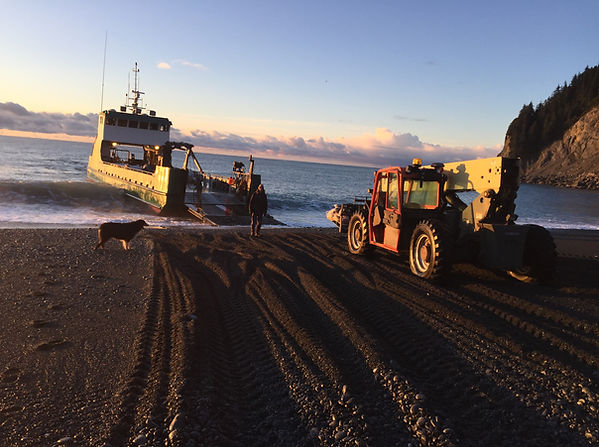History of Johnstone Bay - Wilderness Lodge Seward alaska
Human History:
Johnstone Bay was named after an explorer with the English Royal Navy. James Johnstone served on the HMS Chatham during George Vancouver's 1791-1795 expedition around the world. This expedition completed an intricate and challenging survey of the Pacific Northwest, including Alaska. Johnstone led two major boat surveys in a small vessel that allowed circumnavigation of the many capes and bays of the Kenai Peninsula Coast.
Similar to many of the remote bays along the Kenai Peninsula, Johnstone Bay did not have a name until Grant and Higgins surveyed the area for the USGS in 1909. The purpose of which was to determine and document the positions of the tidewater and near tidewater glaciers in the area. These two men passed within two miles of Excelsior Glacier and gave a detailed account of the topography of the land. Based on maps and terrain, they believed the glacier to have extended out to sea in the not so distant past. Today the Excelsior Glacier has receded about five miles from its location in 1909.
It is unclear when the first human laid foot on the land at Johnstone Bay. It is possible that a 4-man group, led by Rufus Sargent in 1911, traversed Excelsior Glacier for the purpose of drawing topographic maps.
In the 1970's, Johnstone Bay was made eligible for land staking under the Homestead Act of 1862. It was not until this time that we have been able to confirm human arrival.
.png)
1913 USGS Map


Chalet materials fully loaded and ready for voyage to Johnstone Bay

JM Pond in front of the landing craft with his beloved Australian Shepard, Rick.


.png)

